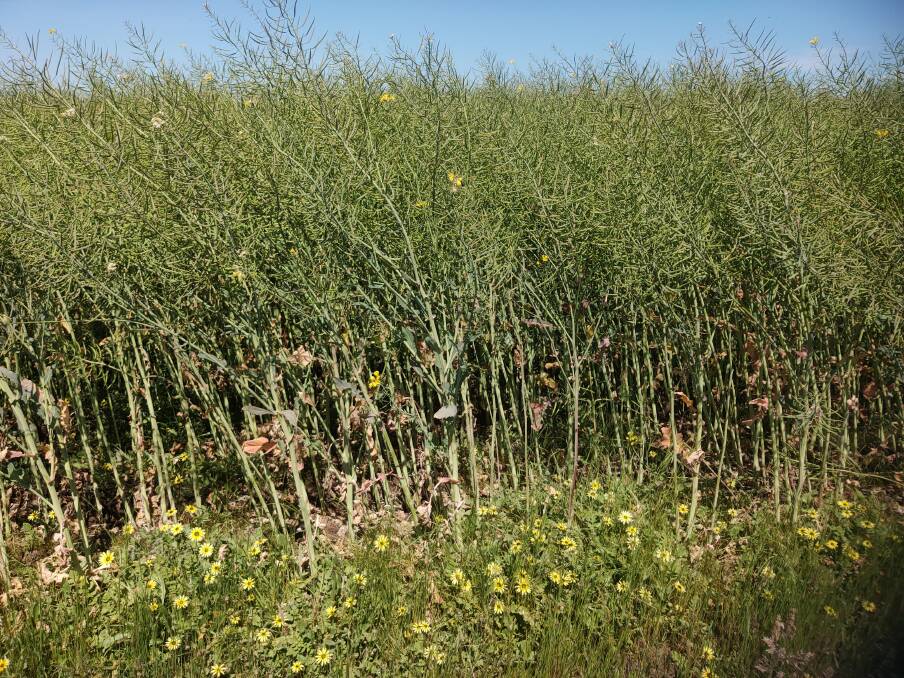
While every year is different and unpredictable, sowing winter crops as early as possible within a species and variety sowing window generally maximises yield probability.
Subscribe now for unlimited access to all our agricultural news
across the nation
or signup to continue reading
Rainfall variability commonly means if a sowing opportunity is missed, the next rain can be months away, and all of a sudden, one is out of the desirable sowing time. Later sowing outside the normal desirable sowing time commonly means much-reduced yield. Also, waiting for the next sowing opportunity can commonly experience excess rain, with follow-up regular showers delaying sowing even further.
Using wheat as an example for many areas, it is possible to sow from late March onwards. Very early sowing is restricted to varieties with winter habit, such as Illabo. Where grazing is not contemplated, these types are commonly best sown from early April onwards. Slower maturing spring habit types, like Sunmax, can, for many areas, be sown from around the second week of April onwards.
One of the reasons many growers in non-flood-prone areas harvested good canola crops in 2022 was that there had been a concerted effort to sow them in the earliest part of their sowing window. Hence these crops were commonly established ahead of very wet conditions preventing sowing in the later part of their desirable sowing window.

Like for wheat or any other crop, early sowing of canola means careful selection of varieties. As is pointed out in the NSW DPI winter Crop Variety Sowing Guide, sowing quick-maturing canola varieties too early can have them flowering in early winter, exposing them to increased frost and disease risk. Slower maturing canola varieties have a wider optimum sowing window, with earlier sowing commonly not beginning flowering much earlier than later sowing.
Starting sowing time for canola depends on the district as well as variety. For example, in areas such as the south-west and central-west slopes, slower varieties are detailed as suited to sowing from late March onwards. Some quicker varieties, in contrast, are not recommended for sowing until four weeks later, the last week of April onwards.
One advantage of earlier sowing is that crops have more time to extend their roots deeper and more extensively. Provided there is good subsoil moisture, they can better forage moisture and nutrients, especially important should the year experience a common dry and sometimes hot spring.
If conditions again become extremely wet through winter and spring, crops can also commonly, but not always, better cope if they are well developed.

Diseases like stripe rust in wheat can be an added problem in early-sown crops. Stripe rust is favoured by cool, moist weather and can develop from mid-autumn onwards. Knowing the resistance rating of any given variety is a starting point for minimising risk from diseases like stripe rust. Seed or fertiliser fungicide treatment, plus post-emergence fungicide sprays, are part of the control strategy should they be required.
Weeds can also be a bigger challenge in early sown crops as opportunities for pre-sowing control of them is reduced. However, with the multitude of herbicide options available, especially in cereals, largely this risk can be minimised. Very early sown dual-purpose crops can present extra possible problems from summer weeds, especially grasses, that can still germinate with the crop and be difficult to kill.
The sowing time windows for most winter crops are detailed in the NSW DPI Winter Crop Variety Sowing Guide. Suggested sowing times for most varieties in most districts are provided. Best sowing time can vary considerably for different districts. For example, north-western areas experience warmer nights and days, with spring varieties heading far quicker. But winter habit varieties can be extra late for them; not enough cold.
Next week: More details for success with future St John's wort control programs.
- Bob Freebairn is an agricultural consultant based at Coonabarabran. Email robert.freebairn@bigpond.com or contact 0428 752 149.
- Subscribers have access to download our free app today from the App Store or Google Play

